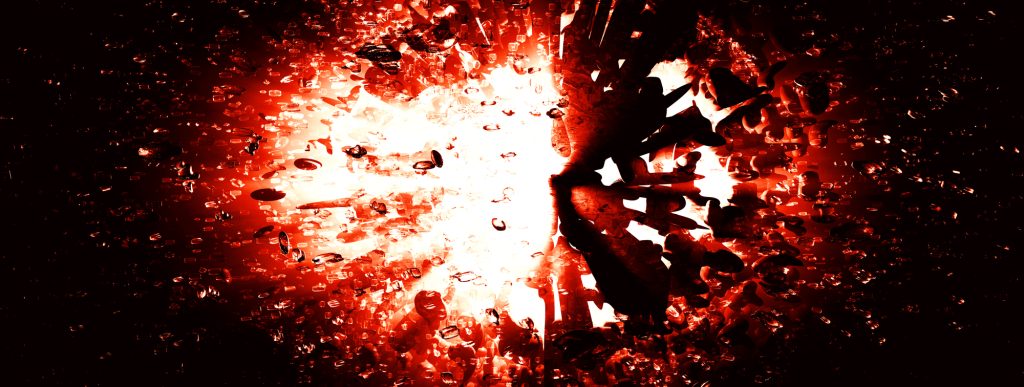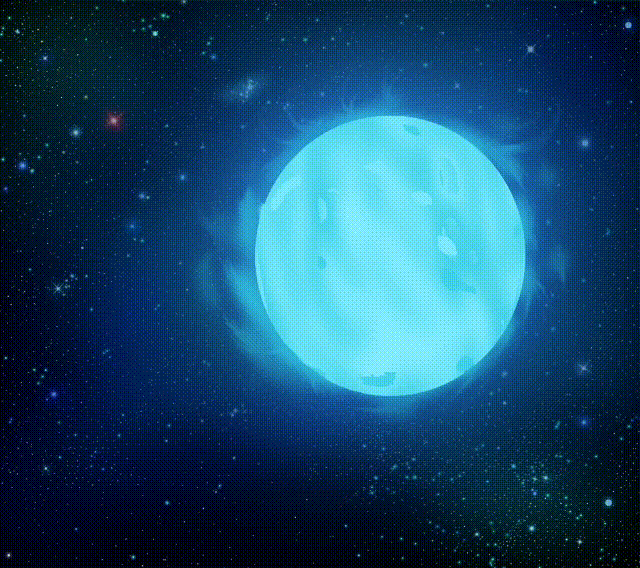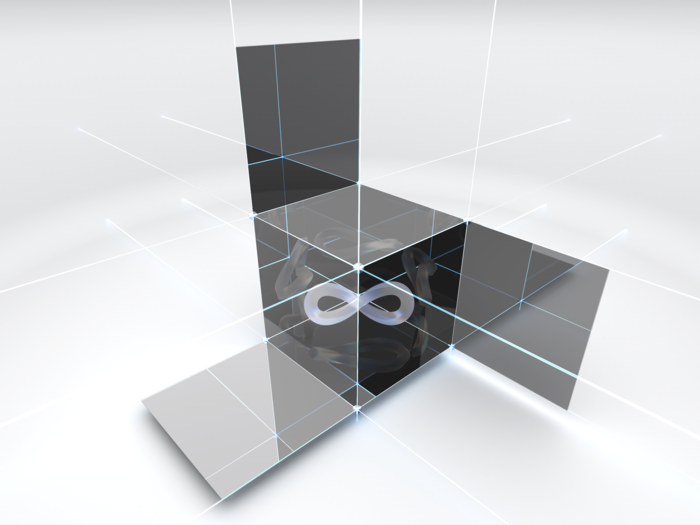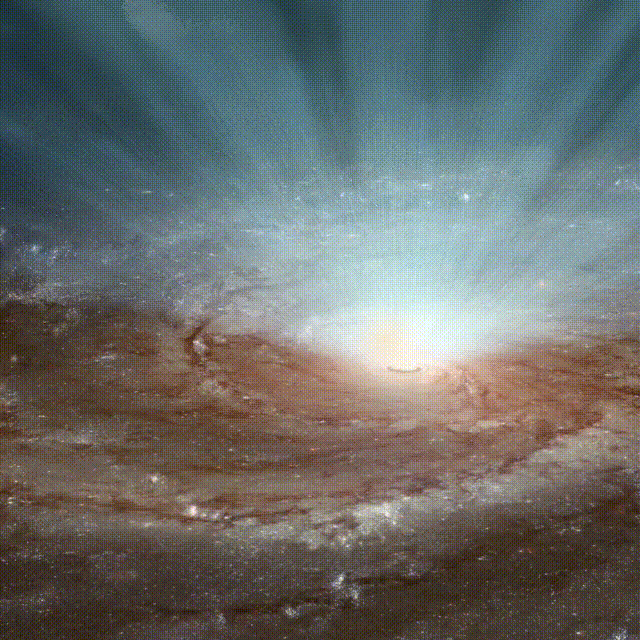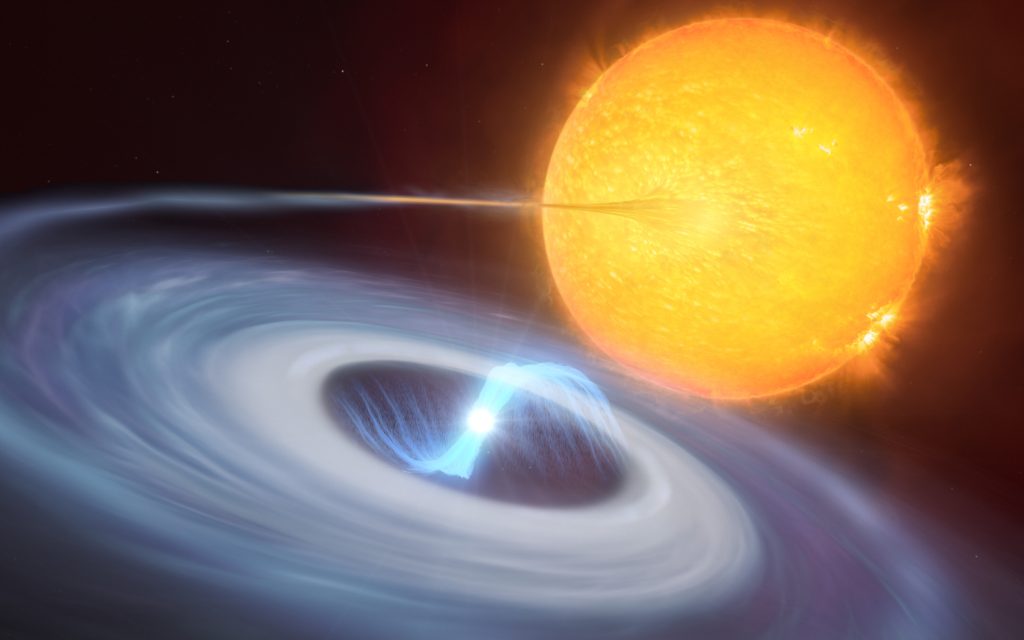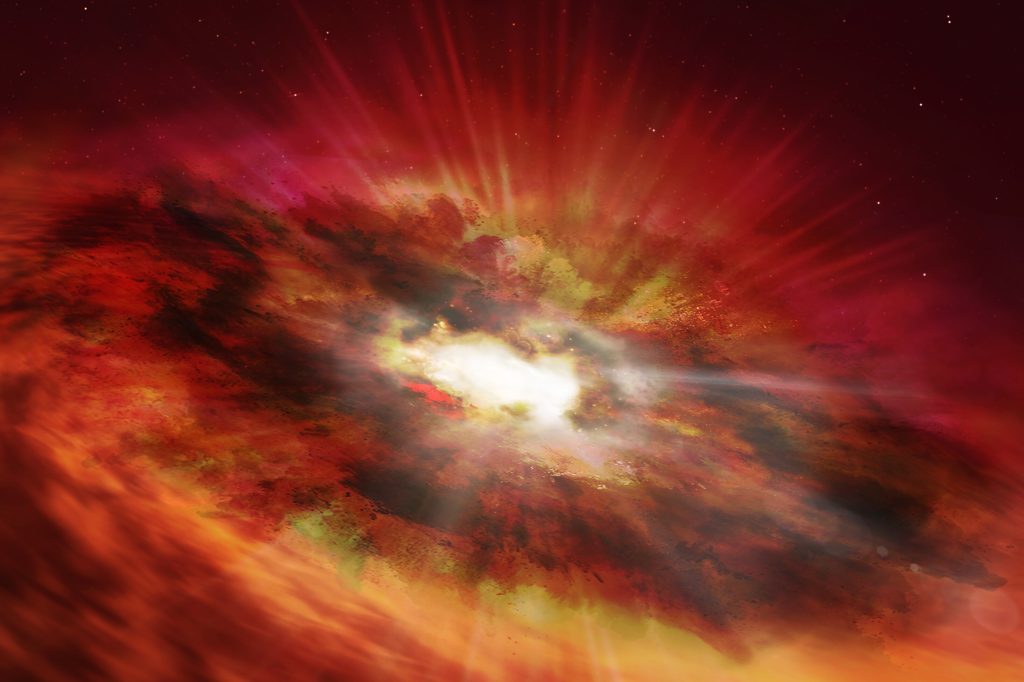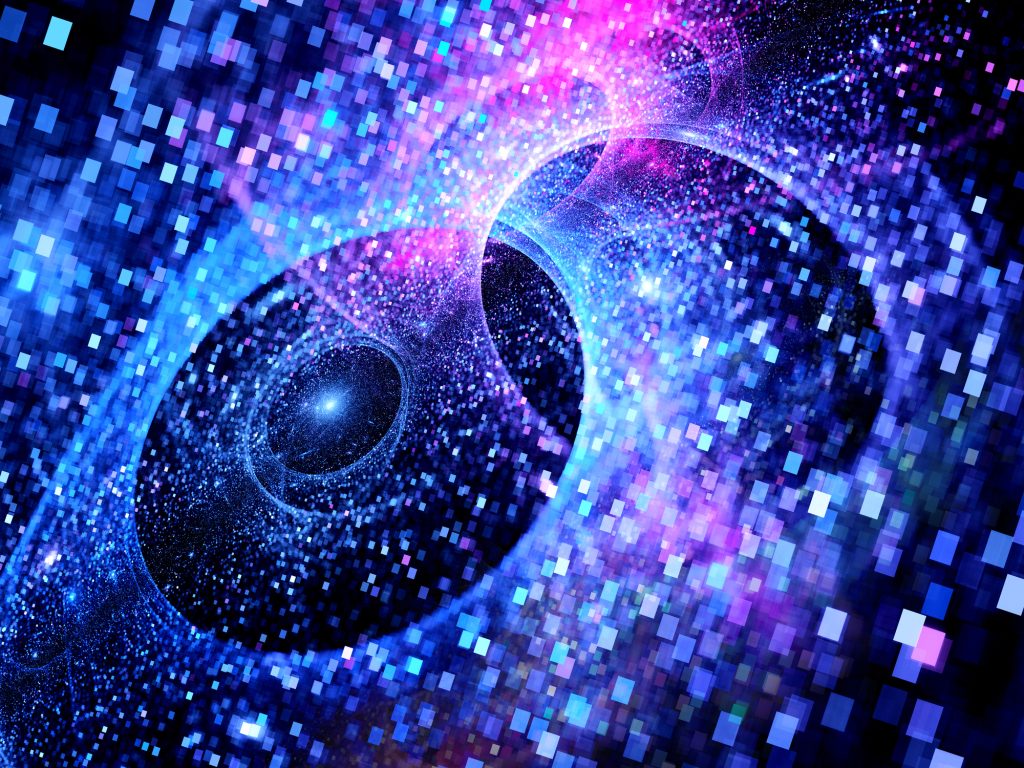What do black holes have to do with the Big Bang?
A few milliseconds after the Big Bang, there was apparent chaos in the universe. While particles merged and broke apart again, incredibly strong pressure waves ran through the early cosmos. They pressed the particles so tightly against each other that black holes were formed, today called primordial black holes by astrophysicists. What impact did these black holes have on the formation of the first stars, about a hundred million years later? The Standard Model assumes that black holes at that time favored the formation of halo-like structures through their gravitational pull as condensation nuclei, similar to how clouds are formed…
